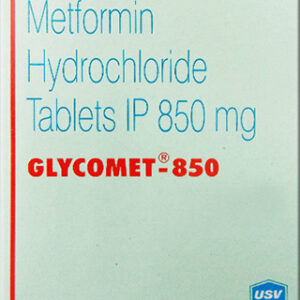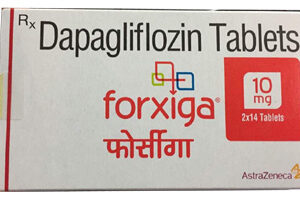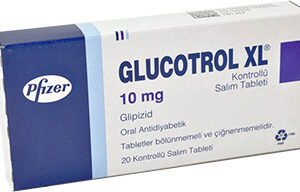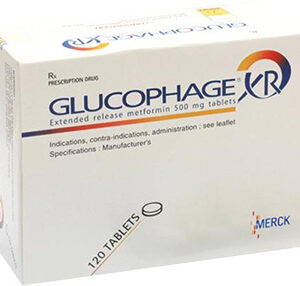Micronase is an oral medication that belongs to the class of drugs known as sulfonylureas. The main active ingredient in Micronase is glyburide, which helps to control blood sugar levels in individuals with type 2 diabetes mellitus. It works by stimulating the pancreas to release more insulin and by increasing the body’s sensitivity to insulin. Micronase is available in tablet form and is typically taken once or twice daily in conjunction with a healthy diet and exercise to manage diabetes.
Contraindications
Micronase should not be taken by individuals who have a known allergy to sulfonylureas or any of the other ingredients in the medication. It is also contraindicated in individuals with type 1 diabetes mellitus, as it is not effective in treating this form of diabetes. Additionally, Micronase should not be used by individuals who have a history of diabetic ketoacidosis, liver disease, severe kidney dysfunction, or certain hormonal disorders.
Adverse Reactions
Some individuals may experience side effects while taking Micronase. Common side effects include hypoglycemia (low blood sugar), which may cause symptoms such as shakiness, confusion, sweating, and rapid heartbeat. Other possible side effects include gastrointestinal disturbances such as nausea, vomiting, and stomach pain. Allergic reactions to Micronase are rare but can occur, and may manifest as skin rash, itching, or swelling of the face, lips, or tongue. If any of these side effects occur, it is important to seek medical attention.
Dosage Guide
The dosage of Micronase will vary depending on the individual’s blood sugar levels and response to the medication. It is important to follow the dosing instructions provided by the healthcare provider. Typically, Micronase is started at a low dose and gradually increased over time to achieve optimal blood sugar control. It is important to take Micronase with meals to avoid hypoglycemia. If a dose is missed, it should be taken as soon as remembered unless it is close to the next scheduled dose. In that case, the missed dose should be skipped. Taking too much Micronase can result in hypoglycemia, so it is important to avoid overdosing. Symptoms of an overdose may include confusion, dizziness, sweating, and seizures. Immediate medical attention should be sought if an overdose is suspected.
Micronase Compatibility
Micronase may interact with other medications, including certain antibiotics, anticoagulants, beta-blockers, and nonsteroidal anti-inflammatory drugs (NSAIDs). It is important to inform the healthcare provider about all medications being taken, including over-the-counter drugs and herbal supplements, before starting Micronase. Alcohol consumption should be avoided while taking Micronase, as it can increase the risk of hypoglycemia. Micronase may also increase the effects of certain medications that lower blood sugar levels. Regular monitoring of blood sugar levels is important to ensure optimal control and prevent interactions.
FAQ
-
Is Micronase safe to take during pregnancy?
Micronase should not be taken during pregnancy, as it may harm the unborn baby. It is important to discuss alternative options with the healthcare provider if pregnancy is planned or detected.
-
Can Micronase be used in children?
Micronase is not recommended for use in children. The safety and effectiveness of Micronase in pediatric populations have not been established.
-
Can I drink alcohol while taking Micronase?
Alcohol consumption should be avoided while taking Micronase, as it can increase the risk of hypoglycemia.
-
What should I do if I miss a dose of Micronase?
If a dose of Micronase is missed, it should be taken as soon as remembered unless it is close to the next scheduled dose. In that case, the missed dose should be skipped.
-
Are there any food or drug interactions with Micronase?
Micronase may interact with certain medications, including antibiotics, anticoagulants, beta-blockers, and NSAIDs. It is important to inform the healthcare provider about all medications being taken, including over-the-counter drugs and herbal supplements, before starting Micronase.






Reviews
There are no reviews yet.